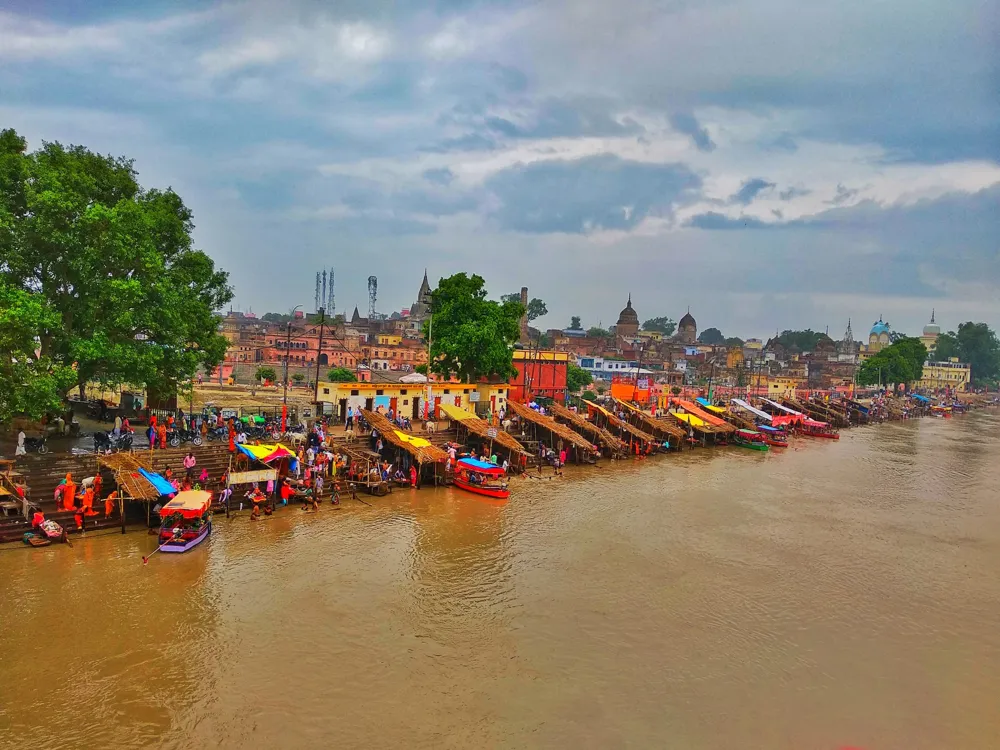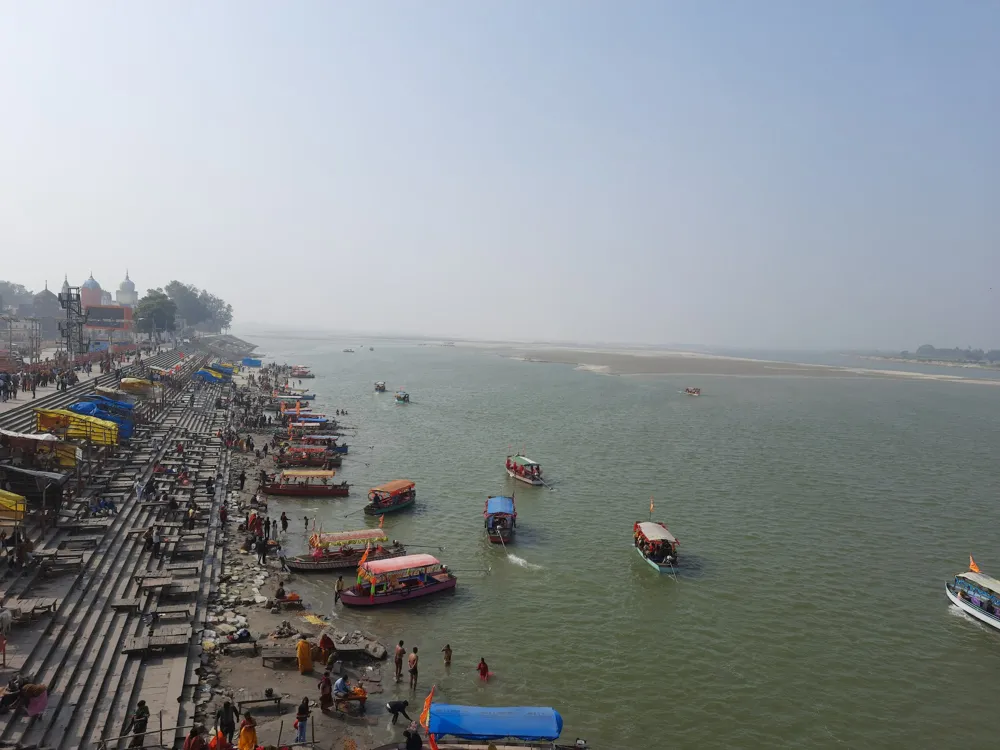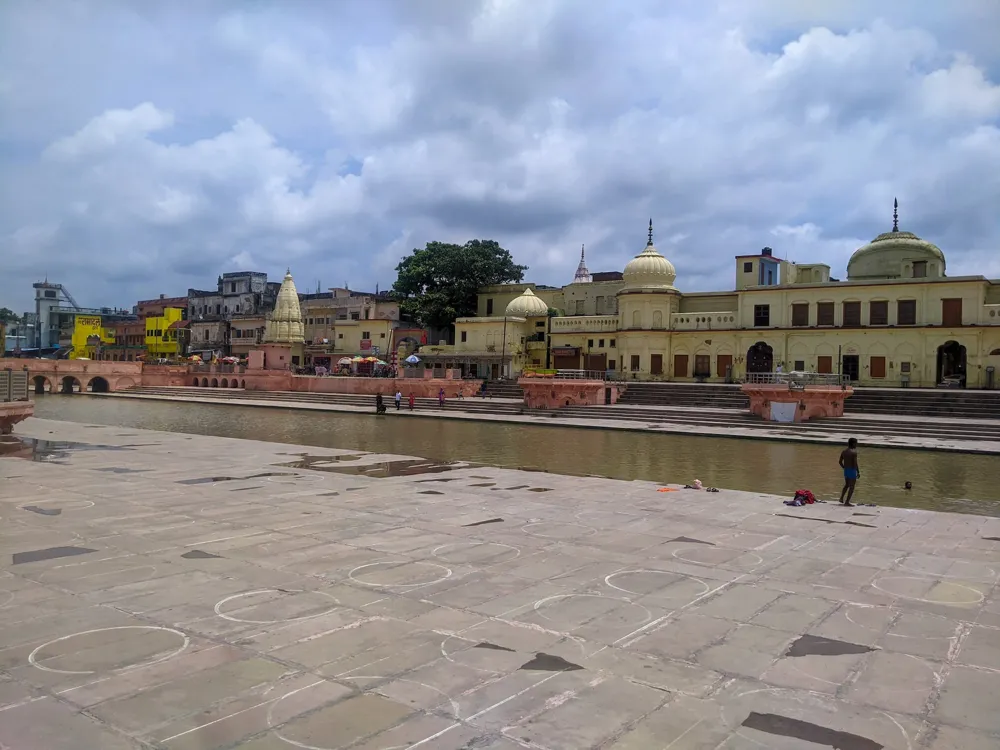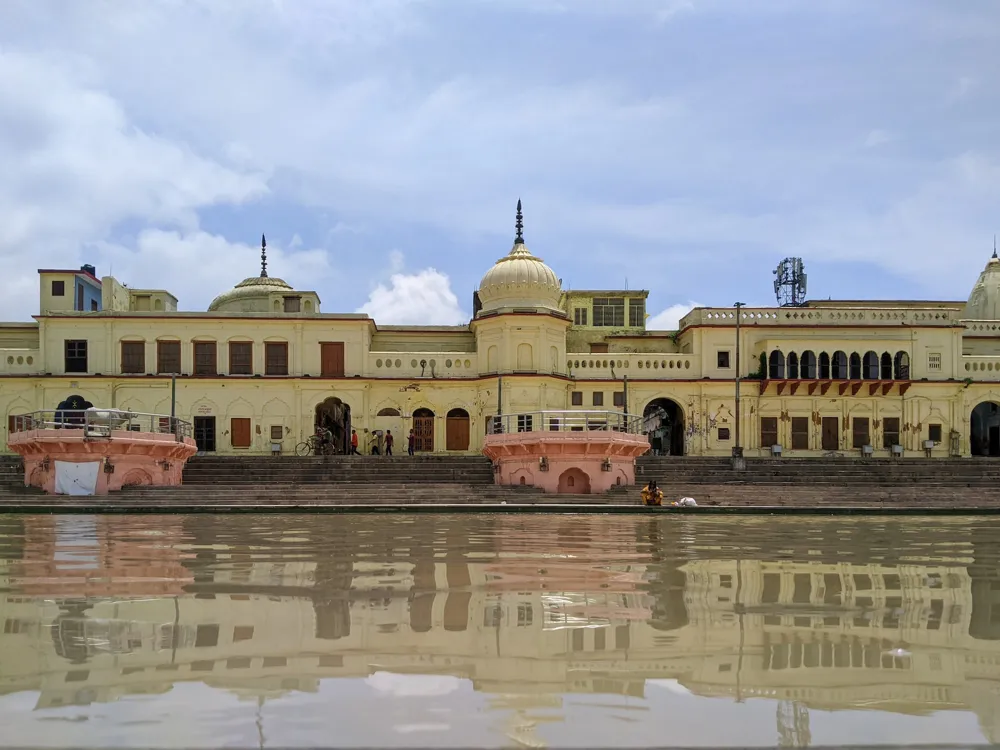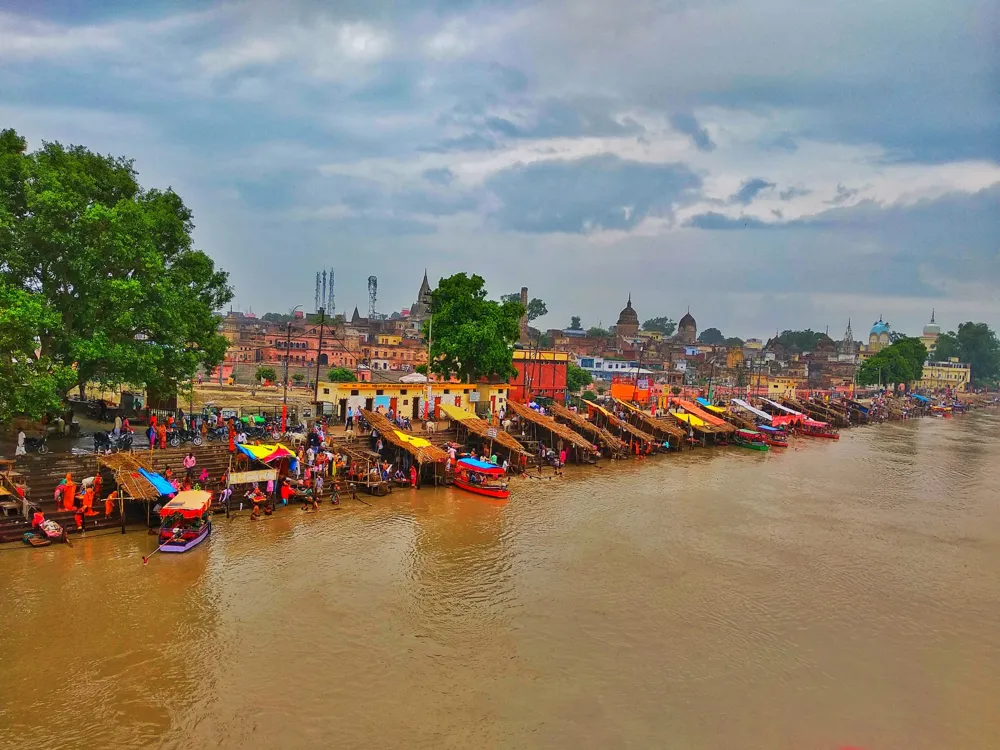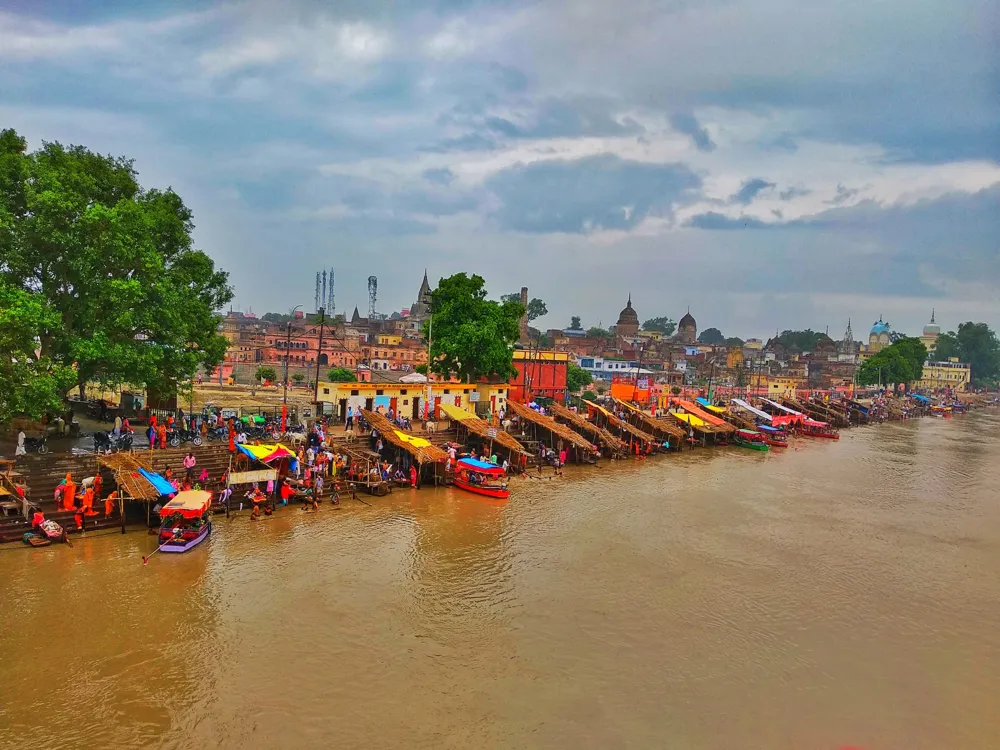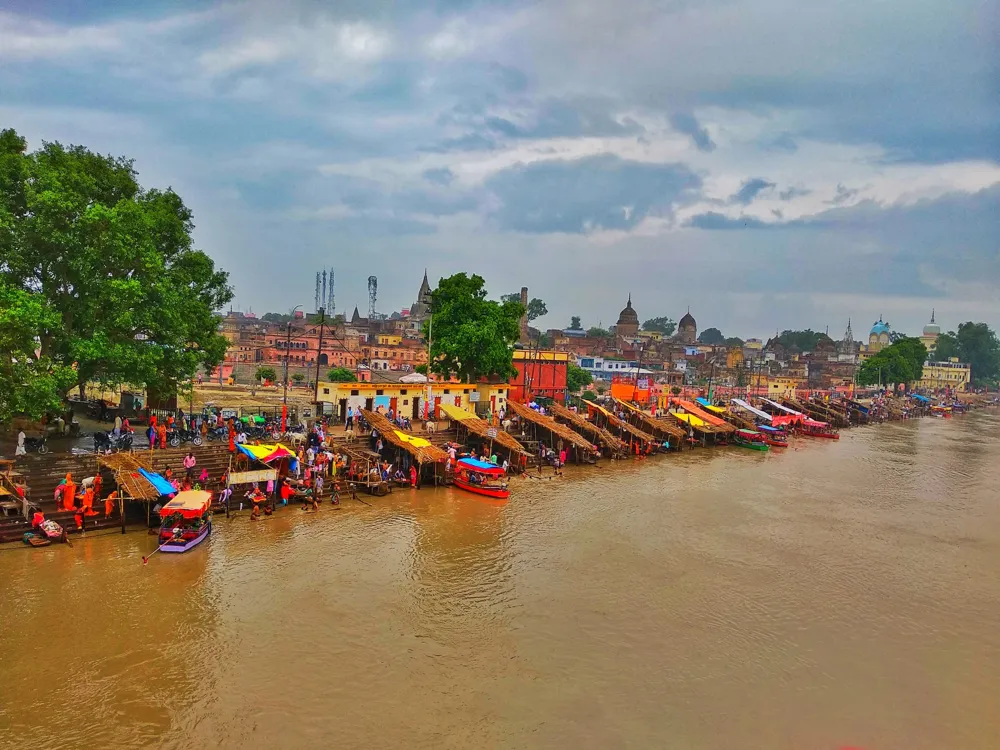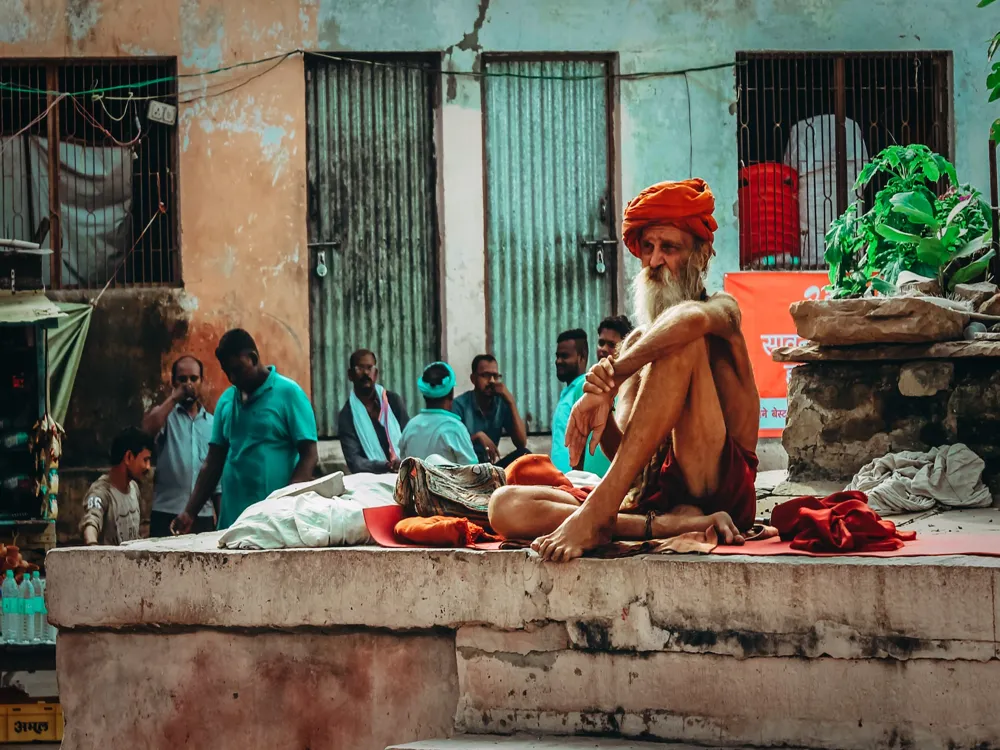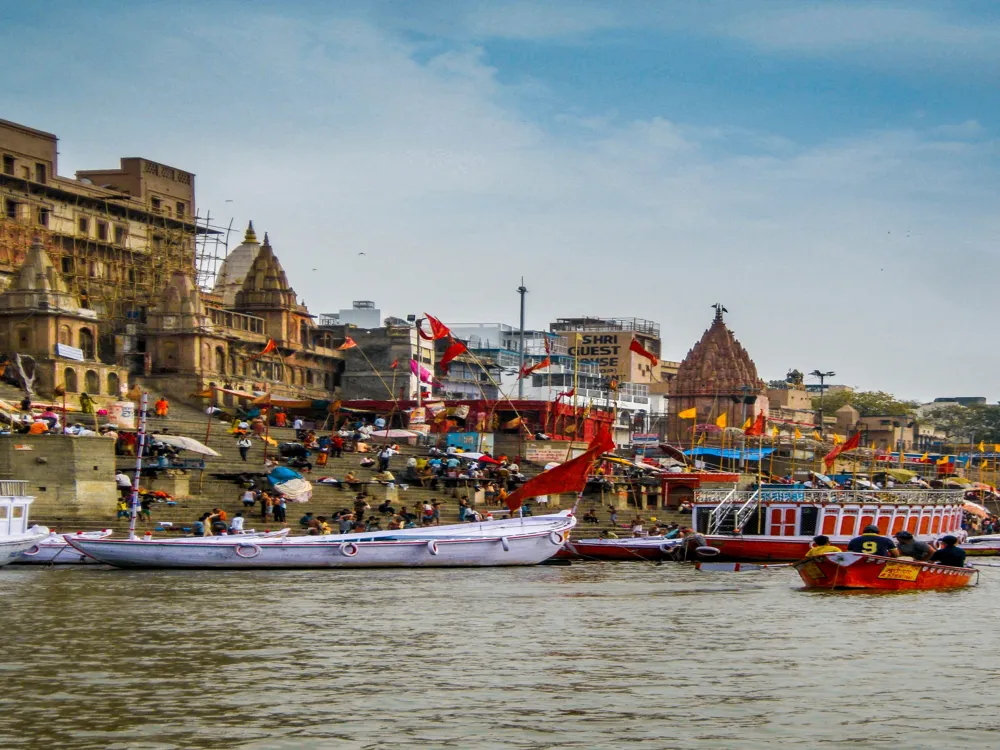Best Time To Visit Ayodhya
Uttar Pradesh India
10 out of 27 Places to visit in Uttar Pradesh₹ 9,500 onwards View Packages
Get Customized PackagesThe Land of Diversity
Top Hotel Collections

Private Pool

Luxury Hotels

5-Star Hotels

Pet Friendly
What is the Best Time to Visit Ayodhya?
Ayodhya, a city steeped in history and culture, offers a rich tapestry of experiences throughout the year. Choosing the right time to visit can significantly enhance your trip, ensuring you make the most of what this ancient city has to offer.
More about the Best Time to Travel to Ayodhya
Travel Peak Season in Ayodhya
The peak season in Ayodhya, spanning from October to March, is a traveler's delight. As the weather remains pleasantly cool, exploring the city's historical sites becomes a truly enchanting experience. The festive atmosphere during Diwali in October adds a special charm, making it an ideal time for cultural enthusiasts.
Travel Offseason in Ayodhya
For those seeking a quieter, more contemplative visit, the offseason, from April to September, might be the perfect choice. While the temperatures may rise, the reduced crowds allow for a more intimate exploration of Ayodhya's spiritual and historical sites.
Ayodhya Travel Packages
View All Packages For Ayodhya
Ayodhya Weather in Winter (November – February)
Ayodhya Weather in November
November welcomes visitors with mild temperatures ranging from 10 to 25 degrees Celsius. The weather is pleasant, making it an excellent time to explore outdoor attractions like Hanumangarhi and Ramkot.
Ayodhya Weather in December
December sees a slight drop in temperatures, ranging from 7 to 22 degrees Celsius. The cool weather is perfect for immersing yourself in the city's cultural heritage, with visits to Kanak Bhavan and Treta Ke Thakur.
Ayodhya Weather in January
January brings colder temperatures, ranging from 5 to 20 degrees Celsius. Pack accordingly as you explore the historic Sarayu River and the renowned Mani Parbat.
Ayodhya Weather in February
February marks the end of winter, with temperatures ranging from 8 to 24 degrees Celsius. It's an ideal time for a pilgrimage to the famous Hanuman Garhi temple and the iconic Ram Janmabhoomi.
Ayodhya Weather in Summers (March to June)
Ayodhya Weather in March
March ushers in the summer season with temperatures ranging from 15 to 33 degrees Celsius. Despite the rising mercury, it's a good time to explore the lush gardens of Gulab Bari.
Ayodhya Weather in April
April sees temperatures ranging from 20 to 38 degrees Celsius. While the heat intensifies, the evenings offer a reprieve, making it suitable for visits to the vibrant Ayodhya Art Gallery.
Ayodhya Weather in May
May is the hottest month, with temperatures soaring between 25 and 42 degrees Celsius. Consider indoor attractions like the Ayodhya Research Institute to escape the heat.
Ayodhya Weather in June
June marks the onset of the monsoon, providing relief from the scorching summer. While temperatures range from 28 to 38 degrees Celsius, occasional showers create a refreshing atmosphere, ideal for exploring Ayodhya Fort.
Ayodhya Weather in Monsoon (July – October)
Ayodhya Weather in July
July brings the monsoon's full force, with temperatures ranging from 25 to 35 degrees Celsius. While rainfall is abundant, it adds a unique charm to the lush landscapes surrounding Nageshwarnath Temple.
Ayodhya Weather in August
August continues the monsoon, with temperatures ranging from 25 to 34 degrees Celsius. The rain-drenched city is a picturesque setting for a visit to the serene Swarg Dwar.
Ayodhya Weather in September
September sees a gradual decrease in rainfall, with temperatures ranging from 23 to 33 degrees Celsius. Explore the city's spiritual side with a visit to the enlightening Dashrath Mahal.
Ayodhya Weather in October
October marks the end of the monsoon, with temperatures ranging from 20 to 32 degrees Celsius. It's a fantastic time to witness the city's revival after the rains and participate in the joyous Diwali celebrations.
In conclusion, Ayodhya welcomes visitors year-round, each season offering a unique flavor of this culturally significant city. Whether you prefer the vibrant festivities of the peak season or the tranquility of the offseason, Ayodhya has something special for every traveler.
Places To Visit In Ayodhya
View All Places To Visit In AyodhyaNearby Places Ayodhya
Ayodhya Photos
View All Photos For AyodhyaBrowse Package Collections
Browse Hotel Collections
Faq
When is the ideal time to plan a visit to Ayodhya?
The best time to visit Ayodhya is during the winter months, from October to March. The weather is pleasant and conducive for exploring the city's historical and religious sites.
What makes winter the preferred season for a visit to Ayodhya?
Winter in Ayodhya, spanning from October to March, offers comfortable temperatures ranging from 10°C to 25°C. The cool climate is ideal for sightseeing without the discomfort of extreme heat or cold.
Are there any festivals or events that influence the best time to visit Ayodhya?
Yes, the festival of Diwali, celebrated in October or November, is a significant time to visit Ayodhya. The city is beautifully illuminated, and various cultural events take place during this festive period.
How is the weather during the summer months in Ayodhya?
Summers in Ayodhya, from April to June, can be quite hot, with temperatures ranging from 25°C to 42°C. It's advisable to avoid these months if you prefer milder weather.
Is monsoon a suitable time to visit Ayodhya?
While Ayodhya experiences monsoon from July to September, it may not be the best time to visit due to heavy rainfall. The rain can disrupt travel plans and outdoor activities.

